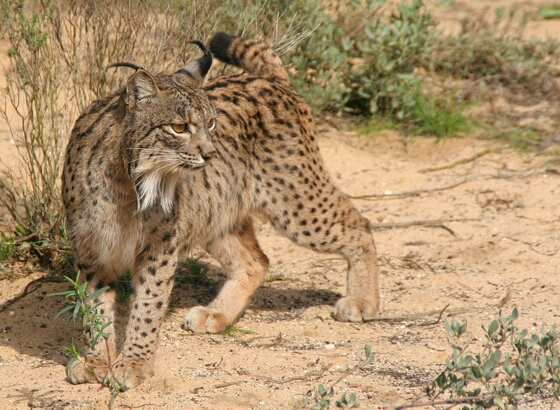Facts About Spanish Lynx
The Iberian lynx, a wild cat endemic to the Iberian Peninsula, faced a dramatic decline in the 20th century. Factors such as habitat loss, a drop in prey species, overhunting, and poaching pushed the species to the brink of extinction. By the early 2000s, the population dwindled to around 100 individuals, split between two isolated groups. Recognizing the urgency of the situation, conservation efforts commenced in 2002. These included habitat restoration, augmentation of prey populations, and the initiation of captive breeding programs. Thanks to these efforts, the population increased to 326 individuals by 2012.
The Iberian lynx is distinguished by its unique characteristics: short fur adorned with yellowish spots, tufted ears, and a short tail. It primarily preys on the European rabbit but continues to face ongoing threats such as habitat destruction, road accidents, illegal hunting, and diseases like myxomatosis and hemorrhagic disease.
Conservation initiatives have been paramount. The Iberian lynx is now fully protected and listed as Endangered on the IUCN Red List. Efforts include habitat restoration, captive breeding, and the reintroduction of the species into the wild. These reintroduction programs have been successful, establishing new populations in various parts of Spain and Portugal. However, genetic research reveals low genetic diversity within the species, likely due to past population fragmentation and isolation.

 Morocco
Morocco